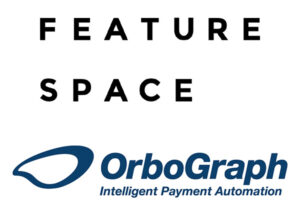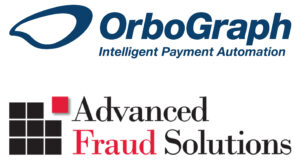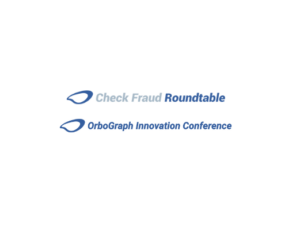Technology
In case you missed it, over the past month, we have published incredible content on our OrboNation Blog and Modernizing Omnichannel Check Fraud Detection. Review the latest OrboNation Newsletter online or via PDF download.
Read MoreIn case you missed it, over the past month, we have published incredible content on our OrboNation Blog and Modernizing Omnichannel Check Fraud Detection. Review the latest OrboNation Newsletter online or via PDF download.
Read MoreIn case you missed it, over the past month, we have published incredible content on our OrboNation Blog and Modernizing Omnichannel Check Fraud Detection. Review the latest OrboNation Newsletter online or via PDF download.
Read MoreRobust consortium data set currently includes 2,500 institutions and 25,000 routing numbers Burlington, MA, June 11, 2024 – OrboGraph, a premier supplier of check processing automation and fraud detection software and services, announced the successful integration of Advanced Fraud Solutions TrueChecks® within its OrboAnywhere Sherlock 5.3 release as part of an open consortium strategy to…
Read MoreIn case you missed it, over the past month, we have published incredible content on our OrboNation Blog and Modernizing Omnichannel Check Fraud Detection. Review the latest OrboNation Newsletter online or via PDF download.
Read MoreNeobanks are gaining popularity Certain accounts are not FDIC-insured Bank consumers are being transferred into vulnerable accounts without notice The American Prospect features a rather alarming story illustrating the higher risk faced by neobanks as compared to conventional financial institutions, and the dangers for FIs partnering with unstable companies. One example: because so much fintech…
Read MoreRecently, OrboGraph hosted its fifth — second “in-person” — Check Fraud Roundtable session and first-ever Innovation Conference at the Hilton Tampa Downtown. Needless to say, it was a huge success. These two distinct meetings brought together check fraud professionals from financial institutions and representatives from leading fraud solution providers and service bureaus. The conferences addressed…
Read MoreHighlights Include Check Fraud Trends, SARs Analysis, OrboAnywhere Sherlock 5.3, and Deposit Fraud Burlington, MA, May 23, 2024 – OrboGraph, a premier supplier of check processing automation and fraud detection software and services, reports successful Check Fraud Roundtable and Innovation Conferences on May 14-16, 2024, at the Hilton Tampa Downtown. These two distinct meetings brought…
Read MoreMany banks are not, at present, ready to implement open banking However, the vast majority recognize open banking’s value A new report reveals that three-quarters of all banks are ready to implement open banking The amount of banks are not operationally ready to participate in and implement open banking is as high at 75%, according…
Read MoreIn case you missed it, over the past month, we have published incredible content on our OrboNation Blog and Modernizing Omnichannel Check Fraud Detection. Review the latest OrboNation Newsletter online or via PDF download.
Read More






